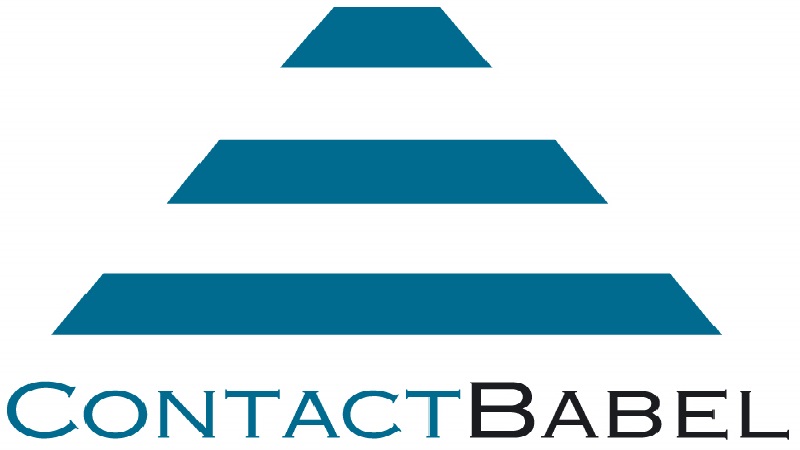55% of UK contact centres expect lower live call volumes in 2019
https://contactcentresummit.co.uk/wp-content/uploads/2018/11/Live-Call-Volumes.jpg 960 640 Stuart O'Brien Stuart O'Brien https://secure.gravatar.com/avatar/9defd7b64b55280442ad2d7fb546a9db?s=96&d=mm&r=gThe majority of contact centre operations expect their live inbound call volumes to decrease in 2019, according to a new study.
The survey of over 200 contact centres undertaken by ContactBabel for its UK Contact Centre Decision-Makers’ Guide report also found that despite this expected drop, live telephony is still seen by businesses as the most effective channel for customers to use for sales, service or complaints.
The report also finds that:
- Average cost per call is slightly higher than email and web chat (£4.27 / £3.81 / £4.24)
- Web chat, interaction analytics & AI are expected to show the strongest growth in 2019
- At 41 seconds, mean average speed to answer is more than 2.5 times as long as it was in 2004
- UK average new agent salaries rise to £17,507; contact centre managers’ to £40,785.
Steve Morrell, Principal Analyst at ContactBabel, said: “The steep rise in digital channel usage (email, web chat and social media), as well as customers’ increasing familiarity with web self-service means that, for the first time in the 18 years that we have been studying the industry, the majority of contact centres expect fewer calls in the next year.
“Yet many businesses believe that customers would usually be better-off calling the contact centre, rather than using a digital channel. Although many see email as a good channel for resolving complaints, and web self-service for account-based issues, live telephony is still viewed by businesses as the gold standard for customer contact. ”
The 2018-19 UK Contact Centre Decision-Makers’ Guide is downloadable from www.contactbabel.com/reports.cfm.
Based on detailed interviews with over 200 UK organisations, the report provides hard data about every aspect of UK customer contact management, technology and strategy, including AI & machine learning, customer personalisation, digital channels, robotic process automation, agent engagement and HR/operational benchmarking statistics.








